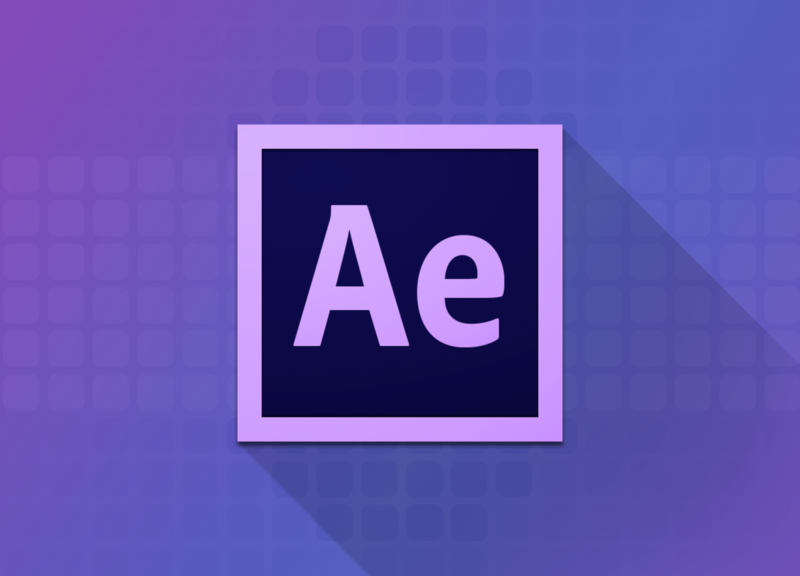Introduction
OpenOffice, an open-source office suite, has gained popularity as a free alternative to proprietary office software like Microsoft Office. In this article, we’ll explore the benefits of using OpenOffice, its features, and how it can enhance productivity for individuals and organizations.
What is OpenOffice? {#what-is-openoffice}
OpenOffice is an open-source office suite that includes word processing, spreadsheet, presentation, drawing, and database applications. It was originally developed by Sun Microsystems and later became part of the Apache Software Foundation. OpenOffice is available for Windows, macOS, and Linux operating systems.
Advantages of OpenOffice {#advantages}
Cost-Effective {#cost-effective}
- Free: OpenOffice is completely free to download and use. This makes it an attractive option for individuals, small businesses, and organizations with budget constraints.
Cross-Platform Compatibility {#cross-platform-compatibility}
- Platform Independence: OpenOffice runs on multiple platforms, ensuring compatibility across different operating systems. Users can seamlessly switch between Windows, macOS, and Linux without any issues.
Feature-Rich Applications {#feature-rich-applications}
- Word Processing (Writer): OpenOffice Writer offers features similar to Microsoft Word, including spell-check, formatting, and document templates.
- Spreadsheet (Calc): Calc provides powerful spreadsheet capabilities, supporting complex calculations, charts, and data analysis.
- Presentation (Impress): Impress allows users to create professional presentations with slide transitions, animations, and multimedia elements.
- Drawing (Draw): Draw is useful for creating diagrams, flowcharts, and technical illustrations.
- Database (Base): Base serves as a simple database management tool.
Community-Driven Development {#community-driven-development}
- Active Community: OpenOffice benefits from a large community of developers, contributors, and users who actively improve and maintain the software.
Document Compatibility {#document-compatibility}
- Reads and Writes Microsoft Office Formats: OpenOffice can open and save files in Microsoft Office formats (e.g., .docx, .xlsx, .pptx), ensuring seamless collaboration with users of proprietary office software.
Customizable Interface {#customizable-interface}
- User-Friendly Interface: OpenOffice’s interface is customizable, allowing users to adapt it to their preferences. Users can add or remove toolbars, customize menus, and create shortcuts.
Examples and Case Studies {#examples-and-case-studies}
Small Businesses {#small-businesses}
- A small marketing agency switched to OpenOffice to reduce software costs. They found it easy to collaborate on documents and maintain compatibility with clients who used Microsoft Office.
Educational Institutions {#educational-institutions}
- A university in Spain adopted OpenOffice for its students and faculty. The cost savings allowed them to allocate resources to other educational initiatives.
Statistics on OpenOffice Usage {#statistics}
- According to a survey conducted by Statista, approximately 7% of office software users worldwide use OpenOffice.
Conclusion {#conclusion}
OpenOffice provides a cost-effective, feature-rich alternative to proprietary office software. Its cross-platform compatibility, community-driven development, and document compatibility make it a valuable choice for individuals, businesses, and educational institutions. Consider giving OpenOffice a try and experience the benefits firsthand!


